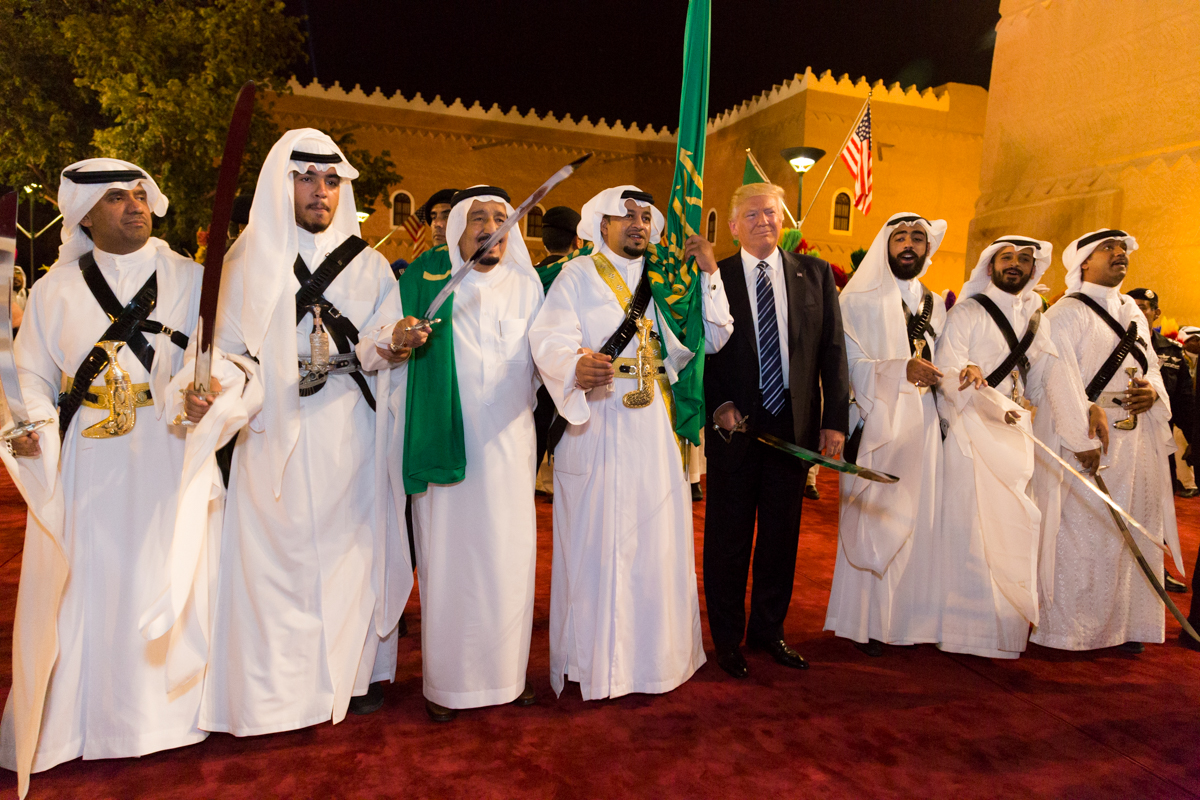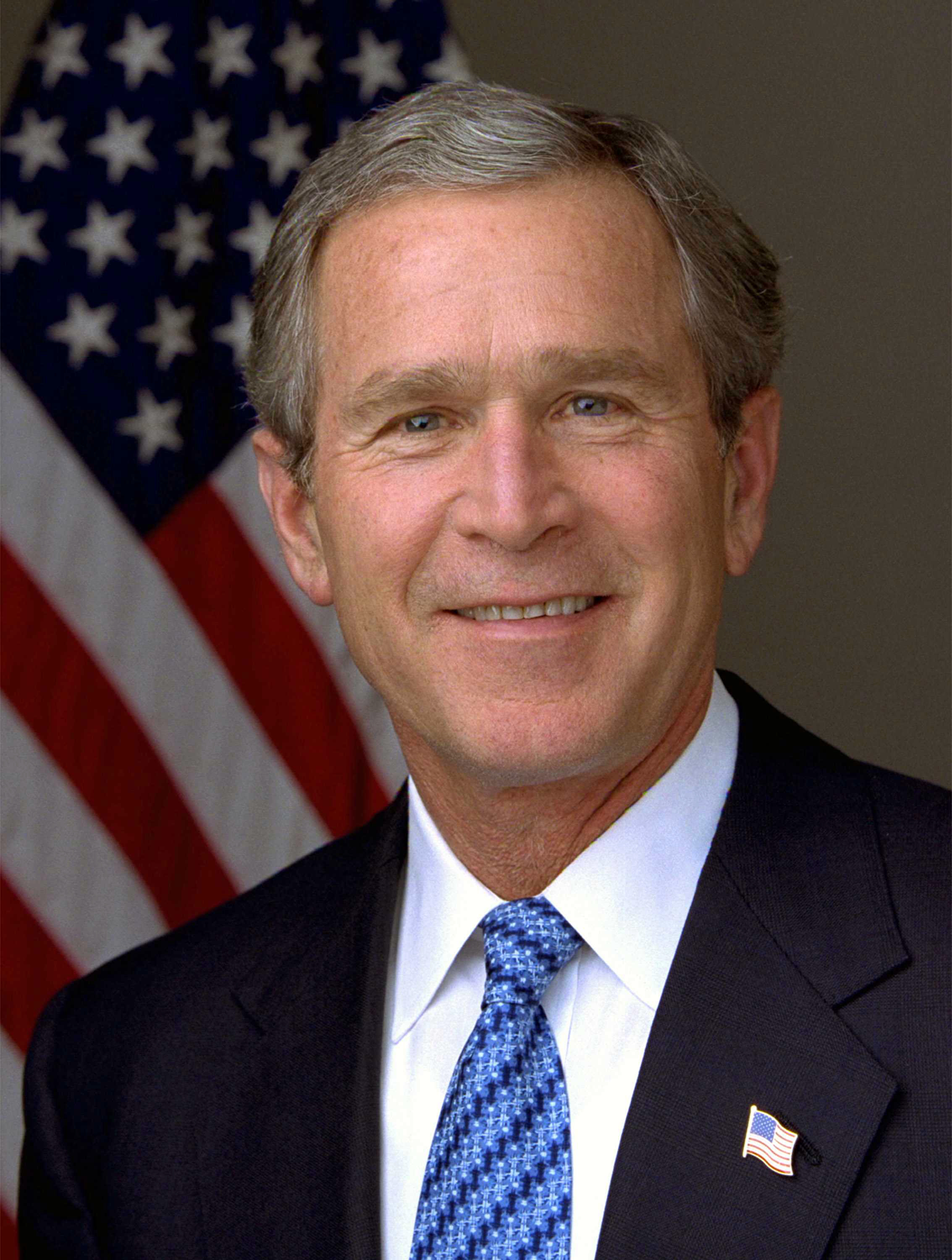“The 20th century has been characterized by three developments of great political importance: the growth of democracy, the growth of corporate power, and the growth of corporate propaganda as a means of protecting corporate power against democracy.”
alex carey
The most powerful evidence for the Propaganda Model comes from paired studies – comparing how the media report a story that furthers corporate interests with how they report a similar (or paired) story that threatens corporate interests.
For example, how does press coverage of a repressive Islamic state that demands control of its own oil (Iran) compare with press coverage of a repressive Islamic state that uses its oil to enrich Western corporations (Saudi Arabia)?
Paired studies like this are a powerful form of evidence in isolation, but what is most striking is the pattern to be found in paired studies. The propaganda model predicts uneven treatment of the key issues below and the media (unfailingly) deliver.
Don’t worry about human rights…if you’re on our side

We mentioned Iran and Saudi Arabia so we may as well start there. The two states are strikingly similar, with harsh laws, including the death penalty, and vast oil resources. Iran will be well known to you as a pariah state thanks to media coverage of its misdeeds. However, do you feel as well-informed about the misdeeds of Saudi Arabia, who British corporations have sold billions of pounds worth of weapons to in the past decade?
The basic pattern of international affairs is that the West, led by the US, proclaims a desire to advance freedom, democracy and human rights but there is a curious imbalance to how they seek to implement this. Countries that are open to Western corporations, like Israel and Saudi Arabia, flout international law without any interruption to lucrative trade deals or serious scrutiny in the media. Countries that are closed or antagonistic to Western corporations, like Iran and North Korea, are the continual subject of damaging sanctions and hostile op-eds.
The Glasgow Media Group and British monitoring sight Media Lens have documented case after case of these foreign policy double standards. Both have archives and publications that will allow you to learn about decades of media imbalance in coverage of the crimes of enemies (seen with 20-20 clarity) and the crimes of friends (often not seen at all).
When they attack it’s attack… When we attack it’s defence

When it comes to direct Western military intervention there is an equally clear pattern.
The United States, with the support of Britain and other free-market democracies, invaded Afghanistan and Iraq in the early 2000s without the approval of the UN. How many examples can you find in the mainstream media that describe these wars as illegal acts of aggression towards countries with far less military and economic power?
In contrast, press criticism of similar/paired acts of aggression by a rival power (Russia) when they invaded Afghanistan in the 1980s and annexed part of Ukraine in March 2014 was justly ferocious.
A free press would insist on applying the same standards to ourselves as we do to others (a basic moral principle), but the corporate press are unable to do so. Interventions that extend Western power and influence (and the market for corporations) are supported and seen as benevolent or necessary, while interventions by rival powers are seen as malignant and condemned in straightforward terms.
Books such as “Rogue State” (William Blum), “Web of Deceit” (Mark Curtis) and “Hegemony or Survival” (Noam Chomsky) demonstrate this long-standing pattern beyond doubt.
****For those struggling to adapt to the idea that the West aren’t as benevolent as our leaders and media like to tell us it is worth checking out John Pilger’s documentary The War On Democracy. The film exposes the US role in overthrowing numerous democracies in South America in the 1970s and 1980s.
Manufacturing Consent (below) is arguably an even more essential introduction to the topic.
Benefit fraud is bleeding the state dry…but don’t worry about tax avoidance
In a report for the TUC chartered accountant Richard Murphy estimated that the British Treasury misses out on £25 billion in revenue each year due to tax evasion by the wealthy. The use of tax havens and other “legal” means of avoidance has become so effective that figures from the National Audit Office in 2014 revealed that one in five of the biggest companies in Britain paid no corporation tax at all in the previous year.
In contrast, estimates of the amount of money lost to the state through benefit fraud are around the £1 billion to £2 billion mark.
Which of these paired issues (both cost the state revenue) would be an ongoing front cover story for a free and objective press?
We know, of course, that “benefit scroungers” hit the headlines far more often than systematic tax evasion by the wealthy. It should go without saying that the propaganda model predicts this – the corporate media would be dysfunctional if it highlighted issues that could lead to a reduction in their profits!
A decade of austerity following the 2008 financial crash proves the point. The crash was caused by the financial sector, but the media rallied around the government’s message that austerity and the reduction of state programs was the only way to reduce the corresponding deficit. On a range of similar issues – pension deficits, struggling public entities, struggling private entities (the banks in 2008) – the media can be shown to favour solutions that will protect or advance the interests of shareholders at public expense.
A solid overview of tax evasion in the UK can be found in chapter 6 of “The Establishment” by Owen Jones. “The Conservative Nanny State” by US economist Dean Baker provides an excellent overview of corporate control of the state (and the media messaging that supports it).
If you’re a party leader that wants to redistribute wealth and nationalise resources…good luck!

There is general agreement that media coverage of politicians focuses too much on their personality and not enough on policies. However, do the media put no store on policy? Treatment of the only three party leaders in the past 30 years who have committed to nationalizing industries and/or prioritising the population over the business community suggest that policy very much influences media coverage.
Neil Kinnock vs John Major (1992)
A poll a week before this election put Labour’s Neil Kinnock six points ahead of his Conservative rival. After over a decade of Thatcher’s assault on the working class and trade unions the public seemed ready for a change but extraordinary manoeuvring by the media kept Kinnock out. This included the editors of rival tabloids having a meeting to co-ordinate scaremongering attacks against Labour (focusing on the party’s supposed “open door” immigration policy), the Daily Express giving away thousands of free copies in marginal seats on election day and the Sun’s infamous headline: “If Kinnock Wins Today Will the Last Person to Leave Britain Please Turn Out the Lights.”
“It’s the Sun Wot Won It” the paper declared the next day, delighted at their demonstration of compliance with the propaganda model.
Ed Miliband vs David Cameron (2015)
On the face of it, how different are Ed Miliband and David Cameron? They attended Oxford University at roughly the same time, look a bit awkward while engaging in “everyman” activities for the cameras and are relatively “centrist” in terms of their politics. Unfortunately for Miliband, he made the mistake in 2014 of suggesting that he may renationalize the railways if elected.
Miliband was subsequently branded “Red Ed” by the press and had to defend his father, who served in the Navy in WWII, from accusations by the Daily Mail that he was a “man who hated Britain.”
Memorably, the media decided it was front cover news that Miliband looked a bit awkward eating a bacon sandwich. No such mockery was made of “safe pair of hands” David Cameron, who went on to unleash the Brexit referendum.
Jeremy Corbyn vs Boris Johnson (2019)
We documented in our January 2020 issue the incredible press hostility Corbyn faced throughout his leadership. Media academics have done so as well – check out these reports by The London School of Economics, Media Reform and this book by the Glasgow Media Group.
Strikingly, Corbyn was primarily attacked on grounds that could equally, if not more so, be levelled at his rival Boris Johnson.
- Anti-Semitism in the Labour Party. According to polls this was more of a problem among Conservative Party members than Labour members, with Islamophobia an even bigger issue for the Tories and directly linked to Boris Johnson, who made derogatory remarks in a press column about Muslim women
- Competence. Corbyn was continually labelled chaotic and incompetent, leading a party full of divisions. This while the Conservative Party tore itself apart over a Brexit deal. Johnson has many qualities which make him appealing, primarily eccentricity and impulsiveness. While these are entertaining they are not, perhaps, the qualities required in a leader – something highlighted shortly after his election by his handling of the coronavirus crisis
Why did the corporate media relentlessly attack Corbyn for issues on which Johnson was given a free pass? As a one off this would be curious, however when something similar can be shown to have happened in previous elections it suggests an underlying pattern that is the product of institutions not individuals – powerful evidence for the propaganda model.
TASK!
Look out for your own paired studies in the media. Can you spot any cases where the media appear to favour or criticise an individual, organisation or group but apply a vastly different treatment to another group? Can the propaganda model explain the difference in treatment?
The first time you see for yourself through the web weaved by the media is a moment of liberation – frightening but full of hope. A world beyond the parameters set by corporations is possible, but only if enough people come to terms with what the media are and the distorted picture of the world they present.

